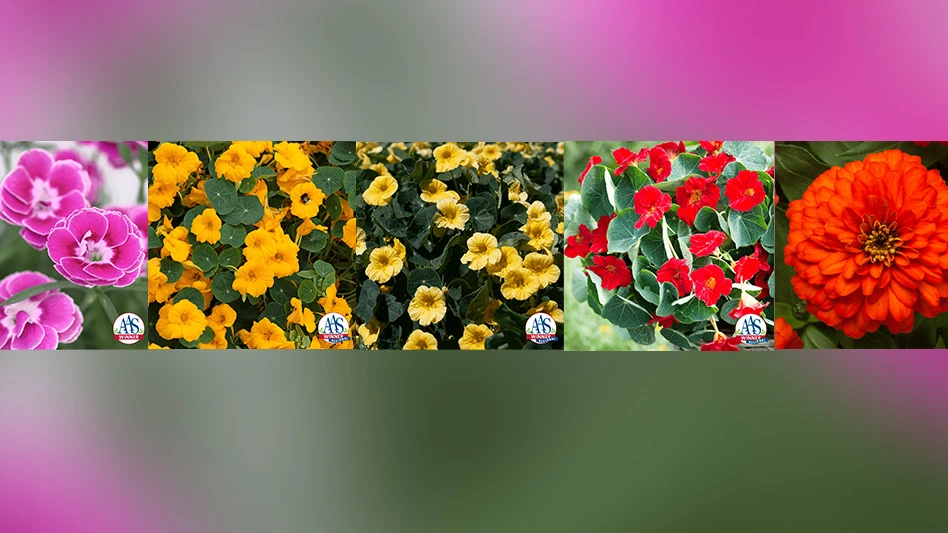
Greenhouse Management: What makes Multi Packaging Solutions – WestRock experts on tags and labels?
Kristi Huffman: Our start as The John Henry Company brings a long history of horticulture expertise. We love to say that our legacy is 107 years young, and we now couple that legacy with the new footprint and scale of MPS – WestRock. Being a part of a true leader in the global print and packaging industry has been fantastic — it’s made our horticulture group that much stronger. In North America, we have five tag facilities producing billions of tags, and nine label facilities producing billions of labels. This expansion has even allowed us to begin providing automated label application equipment to our clients, making the process easier and more efficient. Tags & labels really are our bread and butter — we know them, and we know them very well.
GM: Why is tagging and packaging important in horticulture?
KH: First and foremost, tagging and packaging is relied on by the consumer to give them answers to their most basic questions. “What is this is, what should I do with it, how do I care for it?” These are living products, and consumers want to keep them that way.
The other reason packaging is important is something many don’t often consider — it’s a silent salesperson. It not only helps alleviate the need for staff by directly answering questions, but it can also create that impulse buy. In some areas, the plant is just stunning; it sits on the bench and sells itself. However that’s not the case for all plants. When you think of something like a blueberry bush… you don’t generally wake up in the morning saying, “I’m going to buy a blueberry bush today.” But if the consumer goes to a garden center and happens to walk by a blueberry bush with a pot wrap or some sort of large tag with a recipe for blueberry muffins, that’s exactly what’s going to attract them to walk over to the bench and bring that plant home.
GM: What content do consumers want on their tags and labels?

KH: They of course need the basic information — price and care requirements like sunlight. But they also want to dig a little deeper. What are good companion plants? If this plant blooms in the summer, what’s going to bloom in early spring? Is this deer-resistant? Does it attract pollinators?
I also think water and fertilizer are attributes we need to focus on a little more as an industry. As we continuously survey consumers, we find that they’re increasingly seeking more information on these topics.
GM: What else is trending and what’s coming next?
KH: If a retailer is trying to bring price, bar coding, care and handling into one element, a locking tag or an adhesive works well. The important thing is to secure the information directly to the pot. It can’t be a stake tag that can easily be moved from Point A to Point B.
The other thing that we’re seeing a lot more of is true packaging. Clear, plastic cartons are the new trend because they provide a lot more real estate — a lot more opportunity to show what you can do with the plant or what it’s actually going to look like season to season. It can also work to transform that plant into a gift. We’ve worked with a client who has packaged their Venus flytrap and put it in a very unique plastic carton. It has a great cartoon-like character of the plant on the front that really draws the consumer in. It’s been an enormous success and has led to a significant boost in sales for that client.

Explore the May 2019 Issue
Check out more from this issue and find your next story to read.
Latest from Greenhouse Management
- Meet the Next Gen: Gabriella Blair, Star Roses and Plants
- Leading Women of Horticulture: Katie Dubow, Garden Media Group, and Aubry Field, Lizzy Blossom
- Showing up at your horticulture business as your whole self
- Leading women of Greenhouse Management
- USDA fires experts on invasive pests, including Asian citrus psyllid, chilli thrips
- Farwest Show calls for 2025 New Varieties Showcase entries
- Leading Women of Horticulture: Arden Pontasch, North Creek Nurseries
- Leading Women of Horticulture: Emily Showalter, Willoway Nurseries







